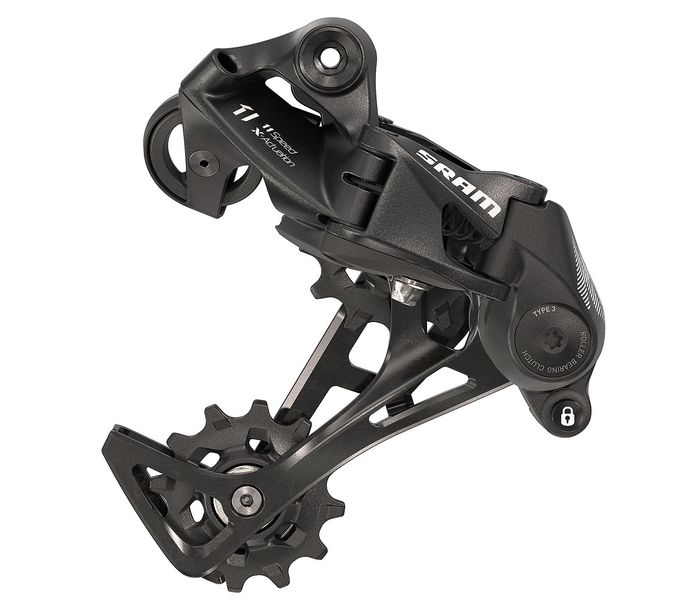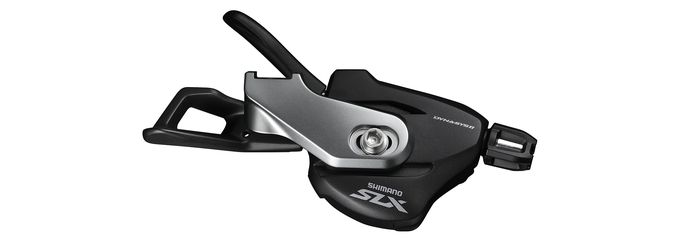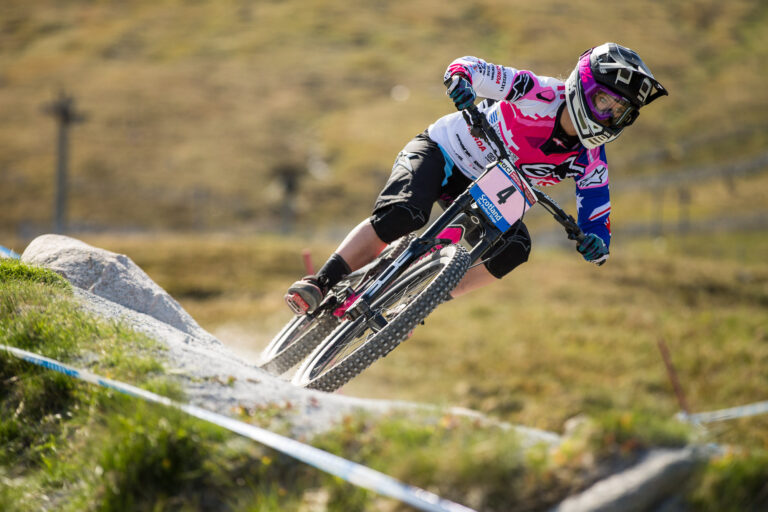Single chainring transmission set-ups are now common-place and with 11 speed at lower prices we take a look at how cheap you can go.

SRAM were early pioneers of eleven speed, and we instantly fell for the silence, wide gear range, and great chain retention (even without a guide) and this kit soon earned a place in the Dirt 100 – as it does again this year. The price to join this club was high, and a dedicated XD Driver fitting on the hub was needed adding further to the cost of making the switch to eleven cogs. With many riders sticking to ten-speed, innovations such as expander cassette sprockets (Hope’s T-Rex being an example) and wide range ten speed cassettes (such as the Sunrace) allowing a wider gear range with a lower investment. SRAM’S tech soon trickled down however, opening up opportunities for a wider audience. SRAM GX (main image above) appears on many of our favourite bikes but it was the arrival of the new NX transmission earlier this year that caught our attention. Here is a 1×11 set up that is economical to buy and runs on a standard freehub body. Have Sram really killed off the front mech? This budget SRAM option along with the recently launched (and about to become available) Shimano SLX eleven speed opens up the doors for upping your cog count on the cheap. With many brands now designing frames around a single-ring-specific transmission, is now the time to make the switch?
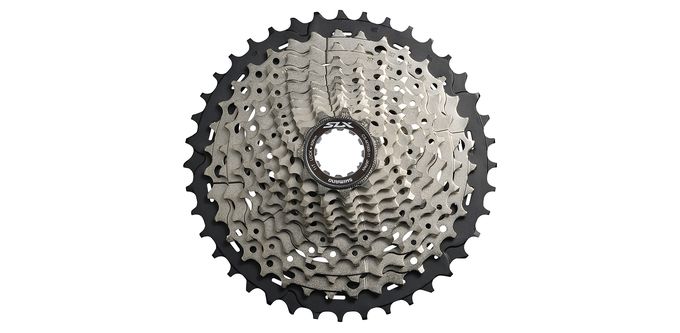
WHAT ARE THE BENEFITS?
These new options, from both SRAM and Shimano use a cassette range that starts with a 11 tooth sprocket (instead of a 10 tooth that the Sram transmissions from GX upwards use) hence the compatibility only with a standard freehub body. If you’re running a chainring smaller than 32T you may well run out of gears on faster straighter downhills but really it is a very small price to pay for the benefits. Both SLX and NX offer a cassette in a 11-42T range giving you a climbing gear that will get you up most climbs with determination. Anything steeper or muddier and we’re happy to push if we’re honest.
If you’re looking at a 1×11 set-up then chances are you will currently be running a converted 1×10 transmission or refreshing an older set up completely. Many modern trail or enduro bikes have a 1×11 transmission as standard and if you take a look at the bikes in our 2016 Dirt 100, there’s not one that has more than a single front chainring. We’ve been fans of 1×10 for years but in most cases you’ll find gear ratio compromises (even with an expander cog thrown in the mix) that you may feel could be improved on. A standard rear mech can be pushed beyond its original design parameters too. A dedicated 1×11 system takes all these potential compromises away, giving you a wide-ratio set up with total reliability.

Any negatives?
Until recently the first barrier would be the price. With a complete transmission (including chainset) starting at £251 for the NX, this is less than the full price of a Sram XX1 cassette, so if you’re looking to revamp your gearing or replace worn out components it makes sense to go eleven.
If you’re used to high end (XT, XTR, X0 etc) kit on you bike then you may feel this cheaper kit is letting the side down. The finish is naturally less polished and the materials used of a lower cost. It’s functional and does the job well but lacks a touch of the ‘wish list’ factor.
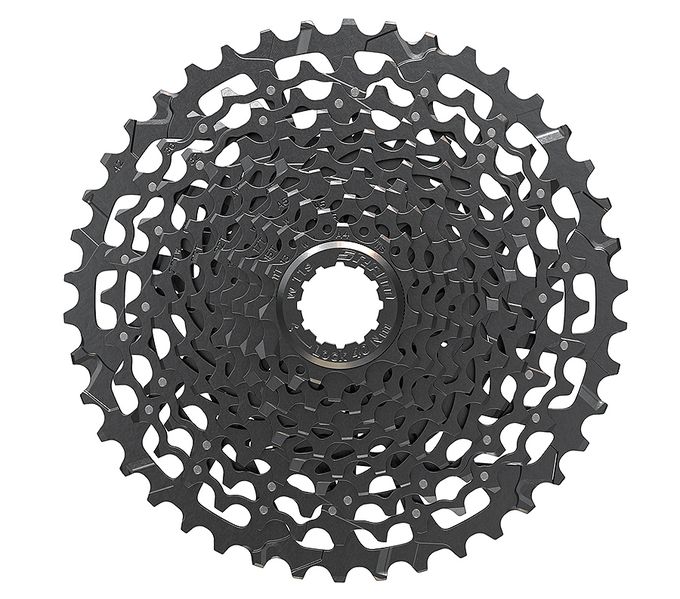
The weight is a key issue though and this may well put some off these entry-level groupsets, with the cassette being the main culprit. With a Sram XO1 cassette weighing in at 268g and the NX at 538g that’s a 270g chunk of added (rotating) weight. The Sram GX cassette hits the scales at 394g, the 11-40T SLX cassette weighs 467 grams. We can see a spot of pick ‘n’ pix going on here to get the best blend of price v weight by mixing different levels of shifter, mech and cassette.
With both NX and SLX 11 speed being new to the market, durability is yet to be monitored but it’s all reasonably affordable if you prang it in a crash.
Let’s have a look at the options available:


